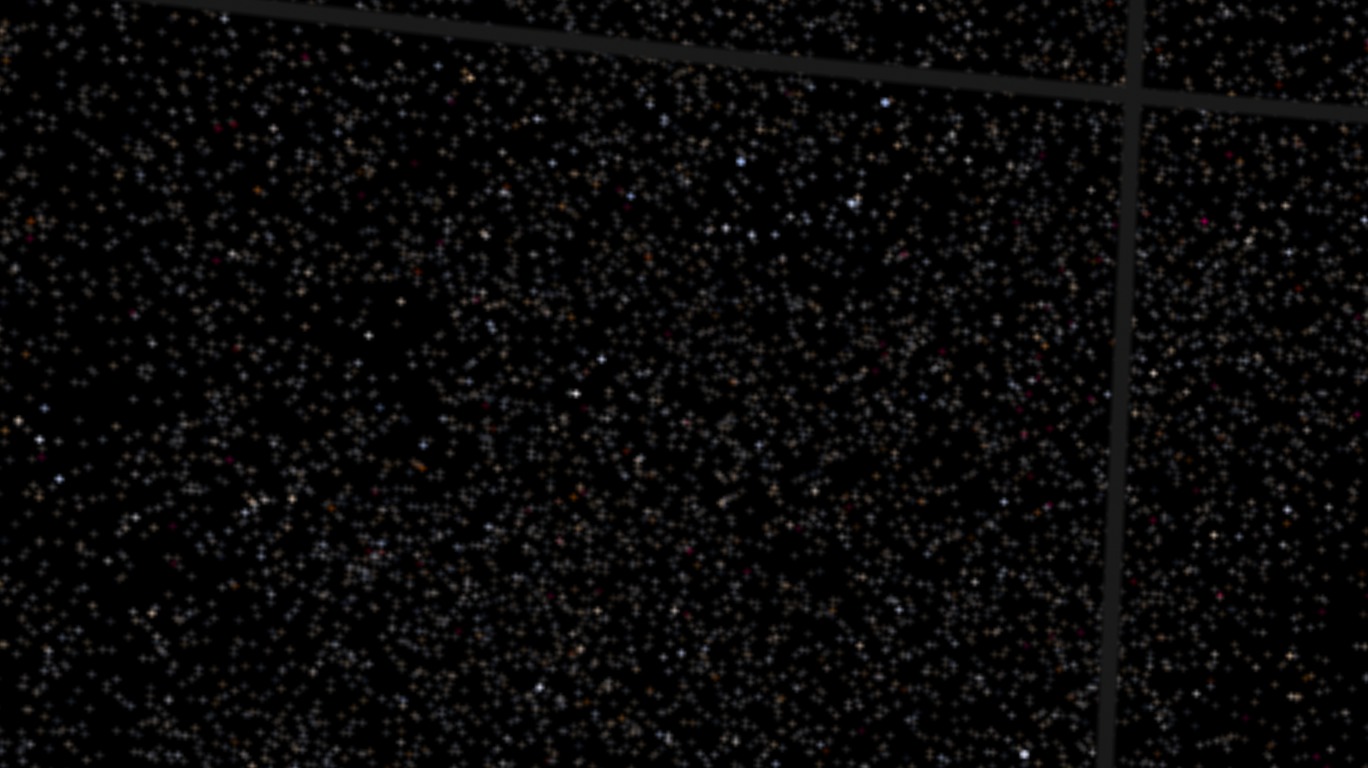Meet NASA's Earth-Observing Fleet
TRMM. Landsat 7. Terra. ACRIMSAT. EO-1. Jason 1. GRACE (twice). Aqua. ICESat. SORCE. Aura. CloudSat. CALIPSO. Jason 2. And, as of June 2011, Aquarius. None of the acronym-heavy Earth-observing satellites seen in the visualization below have achieved the name recognition of big-ticket NASA missions like Apollo or Hubble. But unmanned probes are quietly beaming down information that has transformed our understanding of how the Earth works and what we know of the human fingerprint on climate. Together they represent a mission to planet Earth as ambitious as any NASA has made to the Moon or Mars. One of the oldest functioning satellites in the fleet, TRMM, monitors precipitation; the newest, Aquarius, measures the salinity of the ocean. The next to launch in October 2011—NPP—will continue a suite of atmospheric, ocean, and land surface records initiated decades ago. The visualization shows the precise orbit tracks of twenty current and former Earth-observing satellites (not including Aquarius), as well as the International Space Station and Hubble.

Their names are a mouthful, but the global perspective satellites provide has revolutionized our view of the Earth.
The precise orbits of many current and former NASA Earth-observing satellites and three commercial satellites are shown in blue.

Aquarius orbits 408 miles above the surface and measures the saltiness of the sea, a key piece of information for climate models.

A group of satellites dubbed the A-Train fly in similar orbits and give scientists views of the same portion of the Earth from different sensors.
Credits
Please give credit for this item to:
NASA's Goddard Space Flight Center Scientific Visualization Studio
-
Animators
- Greg Shirah (NASA/GSFC)
- Tom Bridgman (Global Science and Technology, Inc.)
- Ernie Wright (USRA)
-
Producer
- Michelle Williams (UMBC)
-
Scientists
- William Putman (NASA/GSFC)
- Max J. Suarez (NASA/GSFC)
-
Project support
- Eric Sokolowsky (Global Science and Technology, Inc.)
-
Writer
- Adam P. Voiland (Sigma Space Corporation)
Release date
This page was originally published on Thursday, October 28, 2010.
This page was last updated on Wednesday, May 3, 2023 at 1:53 PM EDT.
